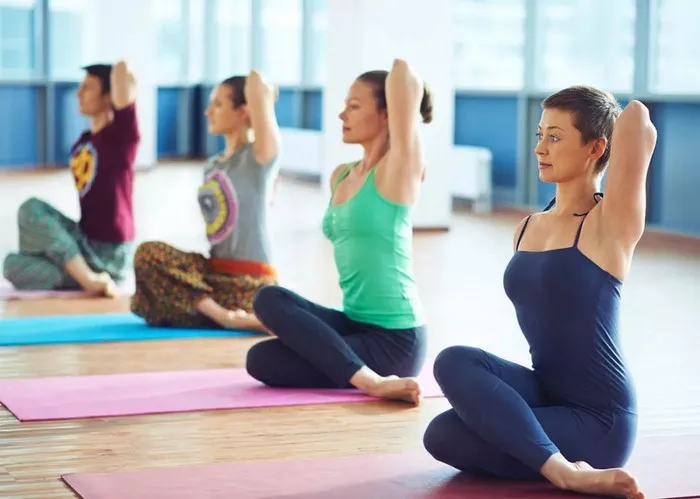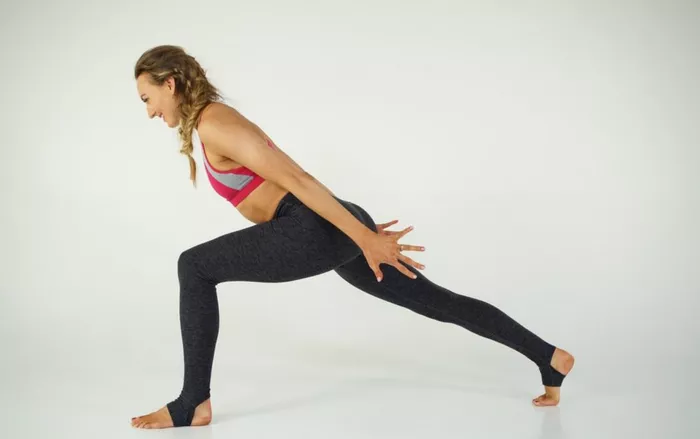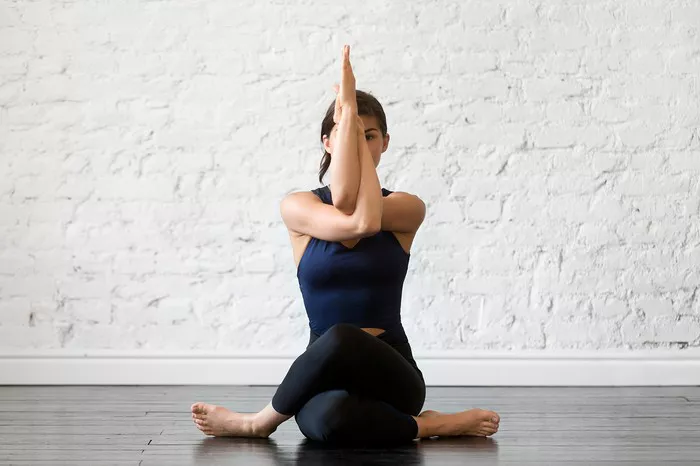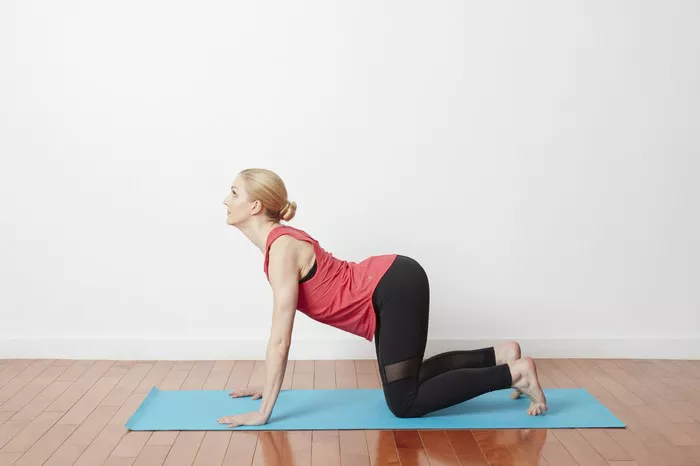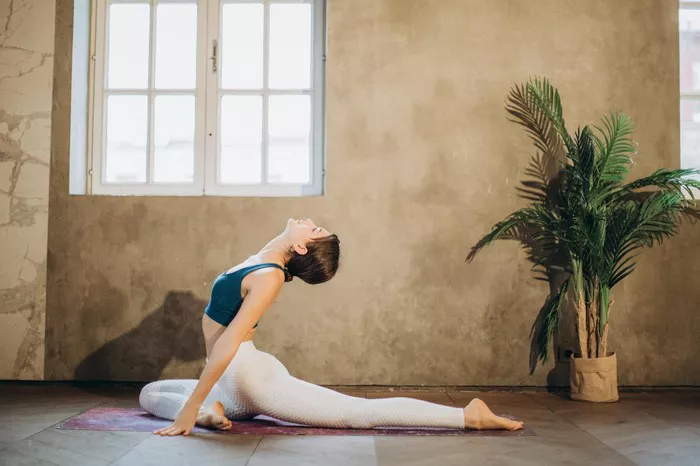Achilles tendonitis, characterized by inflammation of the Achilles tendon, can be a debilitating condition affecting individuals across various age groups and activity levels. It commonly occurs due to overuse, improper footwear, or biomechanical issues, leading to pain, swelling, and stiffness in the back of the lower leg. While conventional treatments such as rest, ice, and physical therapy are often recommended, the role of yoga in managing Achilles tendonitis is gaining attention. In this article, we delve into the potential benefits of yoga for this condition, exploring the evidence and mechanisms behind its effectiveness.
Understanding Achilles Tendonitis: Causes and Symptoms
Before delving into the role of yoga in managing Achilles tendonitis, it is crucial to understand the condition itself. The Achilles tendon, the largest tendon in the human body, connects the calf muscles to the heel bone. Achilles tendonitis typically develops when the tendon is subjected to repetitive stress, leading to micro-tears and inflammation. Common causes include sudden increases in physical activity, improper footwear, tight calf muscles, and biomechanical abnormalities.
Symptoms of Achilles tendonitis can vary from mild to severe and may include:
- Pain and stiffness along the back of the heel or calf, particularly upon waking or after periods of inactivity.
- Swelling or tenderness in the affected area.
- Difficulty in performing activities such as walking, running, or climbing stairs.
- A noticeable thickening or nodules along the tendon.
Early intervention is essential to prevent the progression of Achilles tendonitis and avoid long-term complications such as tendon rupture.While rest, ice, and anti-inflammatory medications are commonly prescribed, complementary therapies such as yoga are increasingly recognized for their potential in managing the condition.
The Role of Yoga in Achilles Tendonitis Management
Yoga, an ancient practice originating from India, encompasses a variety of physical postures, breathing exercises, and meditation techniques. It is widely practiced for its numerous health benefits, including improved flexibility, strength, balance, and stress reduction. In recent years, yoga has gained popularity as a complementary therapy for various musculoskeletal conditions, including Achilles tendonitis.
Yoga postures, or asanas, can target specific muscle groups and promote flexibility, strength, and alignment, which are crucial for supporting the Achilles tendon and preventing further injury. Additionally, the emphasis on mindful movement and breath awareness in yoga can help individuals develop better body awareness and alignment, reducing the risk of overuse and improper biomechanics that contribute to Achilles tendonitis.
Several key principles of yoga make it particularly well-suited for individuals with Achilles tendonitis:
1. Gentle Stretching: Many yoga poses involve gentle stretching of the calf muscles and Achilles tendon, which can help improve flexibility and reduce stiffness. Poses such as Downward-Facing Dog, Standing Forward Bend, and Runner’s Lunge can be beneficial for stretching the calf muscles and increasing blood flow to the area.
2. Strength Building: Certain yoga poses focus on building strength in the muscles surrounding the Achilles tendon, such as the calf muscles, hamstrings, and glutes. Strengthening these muscles can help alleviate strain on the Achilles tendon and improve overall lower limb stability. Poses like Warrior I and II, Chair Pose, and Bridge Pose can help strengthen these muscle groups.
3. Mindful Movement: Yoga encourages mindful movement and body awareness, allowing individuals to move with intention and avoid movements that exacerbate symptoms. Practicing yoga mindfully can help individuals identify and correct poor movement patterns or alignment issues that contribute to Achilles tendonitis.
4. Stress Reduction: Chronic stress and tension can exacerbate musculoskeletal conditions such as Achilles tendonitis. Yoga incorporates breathing exercises, meditation, and relaxation techniques that can help reduce stress levels and promote overall well-being. By managing stress, individuals may experience reduced muscle tension and improved recovery from tendonitis.
Evidence Supporting Yoga for Achilles Tendonitis
While the evidence supporting the use of yoga for Achilles tendonitis is still emerging, several studies have investigated its potential benefits:
1. Improved Flexibility: A study published in the Journal of Bodywork and Movement Therapies found that participants with Achilles tendonitis who practiced yoga experienced significant improvements in ankle flexibility compared to a control group. Increased flexibility may help alleviate strain on the Achilles tendon and improve overall function.
2. Pain Relief: Research published in the International Journal of Yoga Therapy examined the effects of yoga on chronic pain conditions, including Achilles tendonitis. The study found that participants who practiced yoga reported reductions in pain intensity and improved pain-related disability compared to baseline measures. Yoga’s emphasis on relaxation and stress reduction may contribute to its analgesic effects.
3. Functional Improvement: A pilot study published in the Journal of Orthopaedic & Sports Physical Therapy explored the effects of yoga on functional outcomes in individuals with Achilles tendonitis.Participants who completed a six-week yoga intervention experienced improvements in functional tasks such as walking, stair climbing, and balance. These findings suggest that yoga may enhance functional outcomes and quality of life in individuals with Achilles tendonitis.
While these studies provide promising insights into the potential benefits of yoga for Achilles tendonitis, more research is needed to establish its efficacy and optimal protocols. Future studies should investigate the long-term effects of yoga, optimal frequency and duration of practice, and its comparative effectiveness against conventional treatments.
Precautions and Considerations
While yoga can be a valuable adjunctive therapy for Achilles tendonitis, certain precautions should be taken to ensure safety and effectiveness:
1. Consultation with a Healthcare Professional: Individuals with Achilles tendonitis should consult with a healthcare professional before starting a yoga practice, especially if they have severe or acute symptoms. A healthcare provider can provide personalized recommendations and ensure that yoga is appropriate for their condition.
2. Modification of Poses: Some yoga poses may exacerbate symptoms of Achilles tendonitis if performed incorrectly or with poor alignment. Individuals should work with a qualified yoga instructor who can provide modifications and guidance to accommodate their specific needs and limitations.
3. Gradual Progression: It is essential for individuals with Achilles tendonitis to progress gradually in their yoga practice, starting with gentle poses and gradually increasing intensity as tolerated. Pushing too hard or overexerting oneself can lead to worsening of symptoms and potential injury.
4. Listen to Your Body: Individuals should listen to their bodies and avoid pushing through pain or discomfort during yoga practice. Pain is a signal that something is wrong, and it is essential to modify or discontinue poses that exacerbate symptoms.
Conclusion
In conclusion, yoga shows promise as a complementary therapy for Achilles tendonitis, offering benefits such as improved flexibility, strength, and stress reduction. By incorporating gentle stretching, strength-building exercises, and mindful movement, individuals with Achilles tendonitis can support their recovery and enhance overall well-being. However, it is essential to approach yoga mindfully, consult with a healthcare professional, and listen to your body to ensure safe and effective practice. Further research is needed to elucidate the optimal protocols and long-term effects of yoga for Achilles tendonitis, but current evidence suggests that it can be a valuable addition to the management of this challenging condition.
FAQs:
What exercise is OK for Achilles tendonitis?
Low-impact exercises that don’t strain the Achilles tendon are generally safe, such as swimming, cycling, or using an elliptical machine. These activities help maintain cardiovascular fitness and promote blood circulation without exacerbating Achilles tendonitis.
What should you not do with Achilles tendonitis?
Avoid high-impact activities like running or jumping, as they can further irritate the Achilles tendon and delay healing. Additionally, refrain from sudden increases in activity level or intensity, as this can put excessive strain on the tendon and worsen symptoms.
What is the fastest way to relieve Achilles tendon pain?
Immediate relief measures include rest, ice packs, compression, and elevation (RICE). Nonsteroidal anti-inflammatory drugs (NSAIDs) may help alleviate pain and reduce inflammation. Physical therapy, including stretching and strengthening exercises, can also promote healing and prevent recurrence. Additionally, wearing supportive footwear and using orthotic inserts can provide stability and reduce strain on the Achilles tendon.

